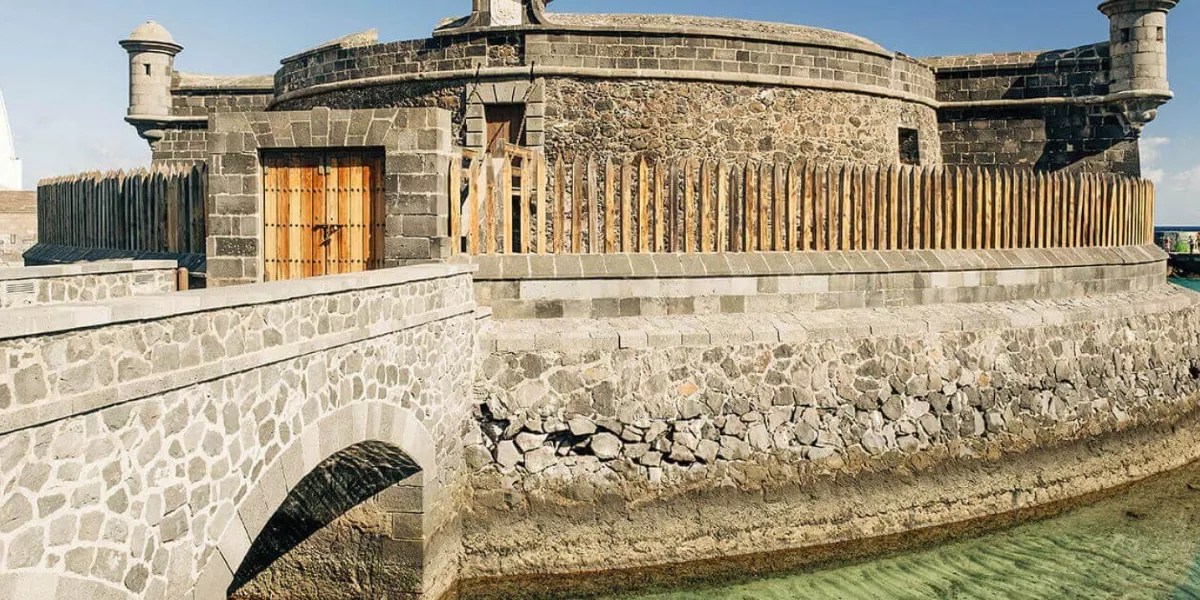
SANTA CRUZ DE TENERIFE, Jan. 3 (EUROPA PRESS) –
The magma from the ‘Tajogaite’ volcano on La Palma, which erupted for 85 days in the last quarter of 2021, ascended through two main branches and was slowed down days before the eruption by a layer of ductile rocks.
This is reflected in research from the Canary Islands Volcanological Institute (Involcan) led by Monika Prezor, pre-doctoral researcher, and in which researchers from the Institute of Technology and Renewable Energies (ITER), Istituto Per il Rilevamento Elettromagnetico dell’Ambiente (CNR) participate. -IREA) from Italy and the University of Nagoya (Japan) and which has been published in the journal ‘Scientific Reports’ of the ‘Nature’ group.
The ‘Tajogaite’ eruption was characterized by short precursors, which lasted only 8 days, and the work aims to reconstruct in detail the process of magma ascent throughout the week before and the week following the eruption, using data of GNSS stations, seismicity and especially satellite interferometry data through the use of the Sentinel-1 satellites of the European Space Agency (ESA), stand out from the Involcan.
The geometry of the volcano, they point out, has turned out to be “more complicated than imagined” since the dam is curved and “twisted” due to the complex geological structure inside the Cumbre Vieja volcanic edifice.
As a result of this result, and using state-of-the-art physical-mathematical tools, images of the quantity and distribution of magma in depth could be obtained for eight dates, covering the interval September 8-28, 2021.
Thus, they indicate that the layer caused the magma to stop below in the days before the eruption and then, once sufficient pressure was reached, it crossed it very quickly, reaching the surface in a few hours.
These findings highlight the need to use advanced models to understand pre-eruptive processes in basaltic volcanoes, which constitute all of the historical eruptions in the Canary Islands, the institute points out.















